Activity 12 – Orienteering First Steps
This week, the instructors here at Thornbridge Outdoors are challenging you to learn one of the first steps towards become an orienteer, which is the art of drawing a map, and then charting your way across the map as you navigate through the territory before you. Orienteering requires good navigation skills, and navigation is a key skill for all explorers and adventurers to learn, if you’re going to find your way in the wilderness and make it safely back home again. Next week, we’re going to follow this activity with a second orienteering challenge, so you have one week to master the basics before we take things to the next level!
Are you ready to become a map drawing maestro? Here are the instructions…
Schools version – View/download here
Home version – View/download here
With excellent curriculum links to geography and PE, orienteering is always a hit with both teachers and pupils when they come on a residential. Whether your class are orienteering for the first time, or they’re building on learning at school, we have options to suit a range of skill levels with seven progressive orienteering courses here onsite to choose from.
Orienteering at Thornbridge Outdoors often starts with the fundamentals of map reading. Then, once those basics are covered, the running begins! Teams run from point to point collecting information as they go. If teachers would like to sneak in some extra learning, as well as the traditional markers we also have courses for animal, tree and shape identification.
This is an activity that improves balance, agility and coordination. Students can experiment with different tactics and strategies that might give them the edge over their opponents. Orienteering never ceases to illicit smiles and laughter, as well as a great sense of achievement and enjoyment.
Teachers/parents/carers:
Please inspire your children/students to really get into the Orienteering First Steps challenge. It can be a tricky thing to draw what you see before you, and get it to turn out quite right on paper, but if you use a pencil and you have a handy rubber to hand then it doesn’t matter how many tries it takes! And, once they’ve stepped ‘into the map’ and they’re trying to match it up with the paper version in their hands, it might seem difficult at first to fit the two together. But, once the two do line up in their minds and suddenly make sense of them, it will be a great Eureka! moment and it’s worth persevering to achieve that.
Teachers, as ever, keep praising those students who remember their social distancing even when they’re playing this game, and who make a special effort to keep apart at all times.
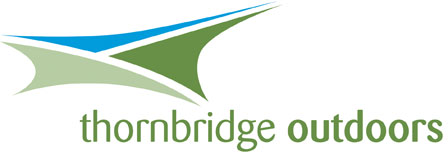
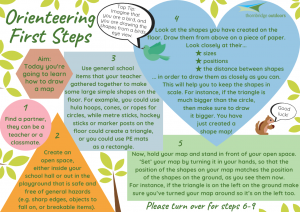
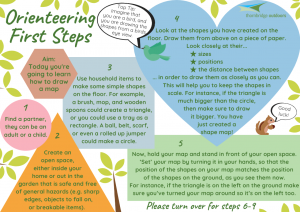


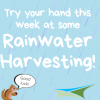
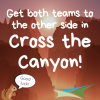
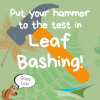
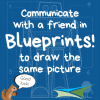

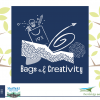
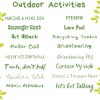
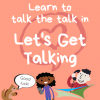
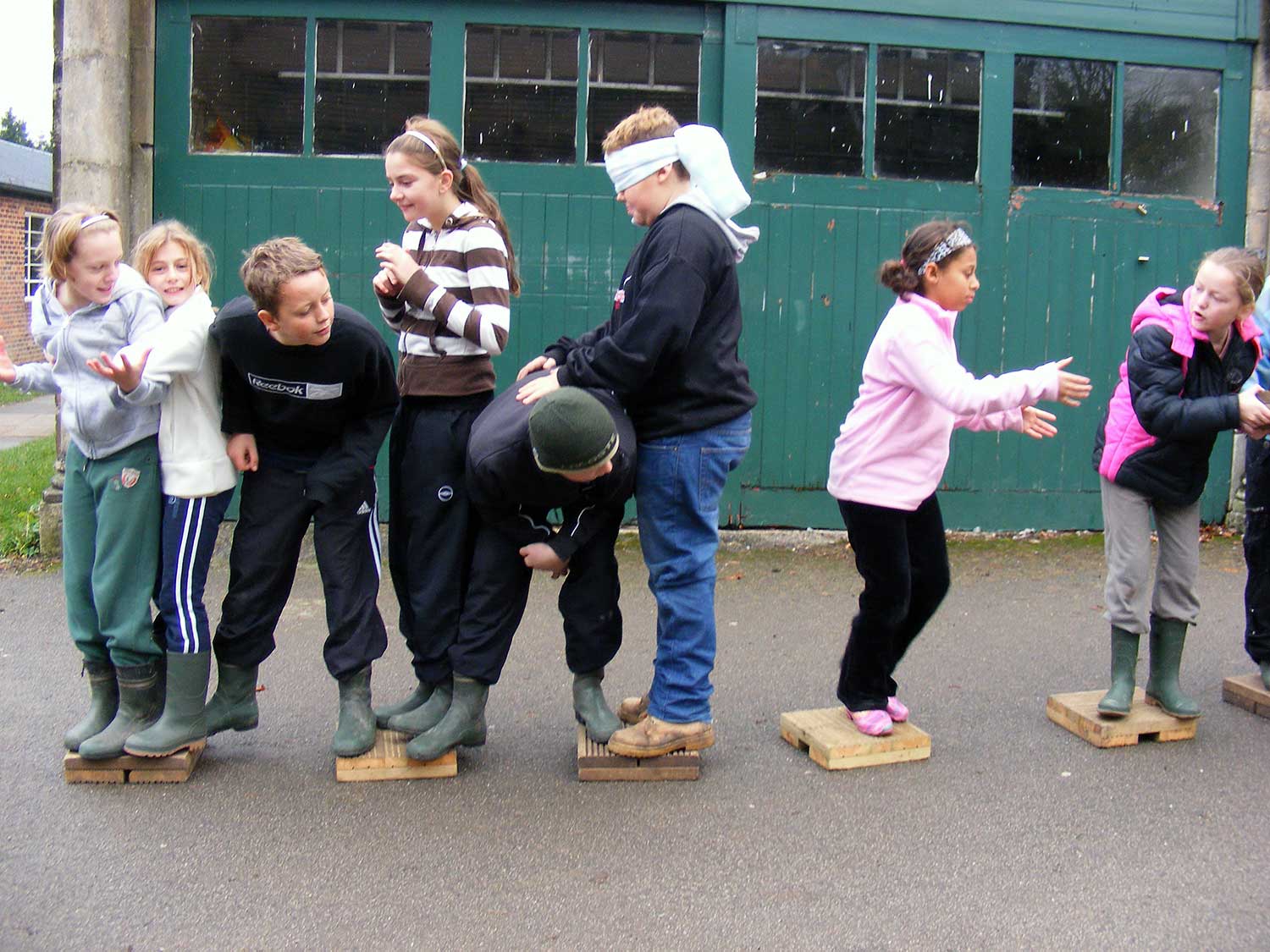
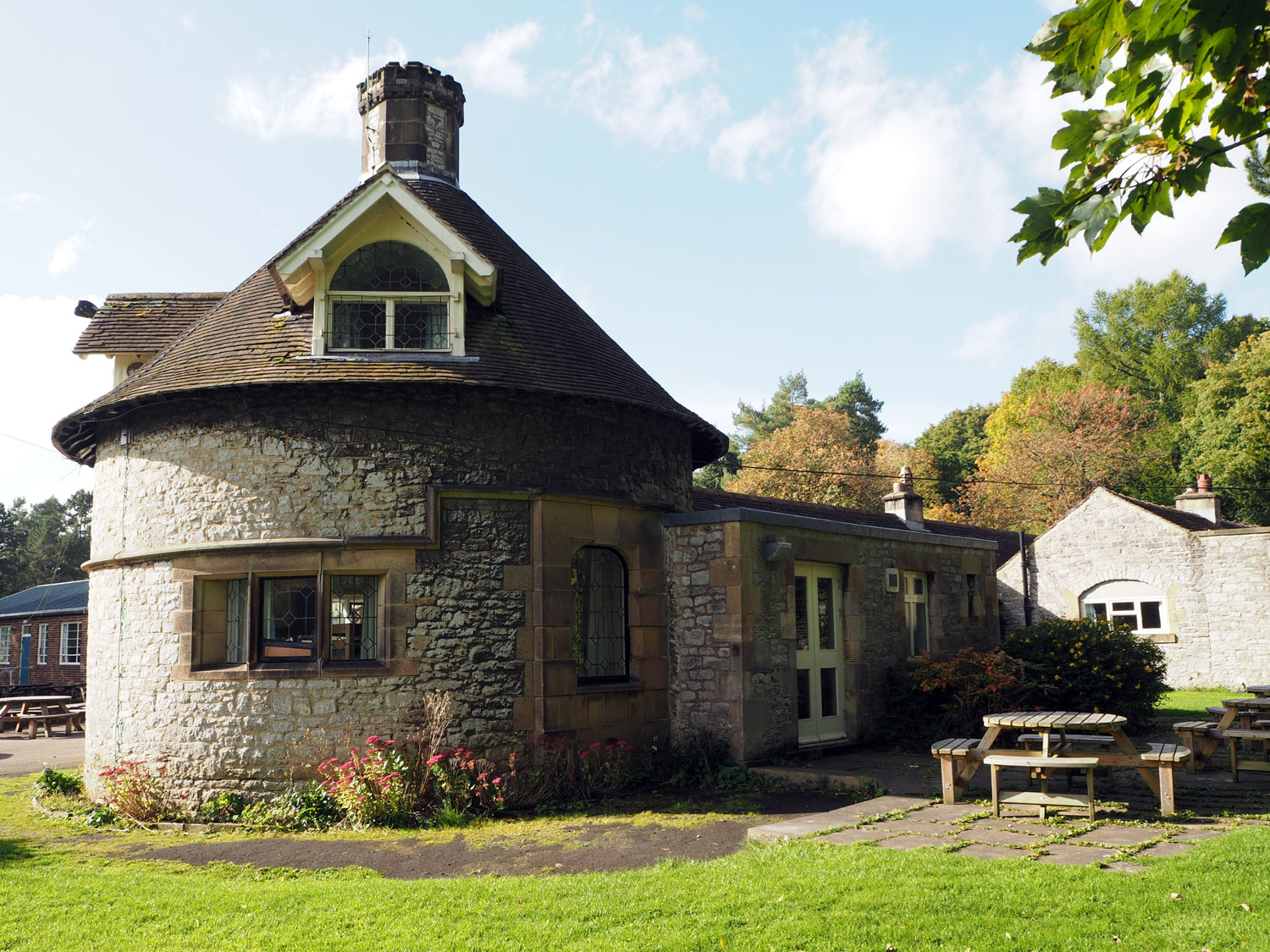
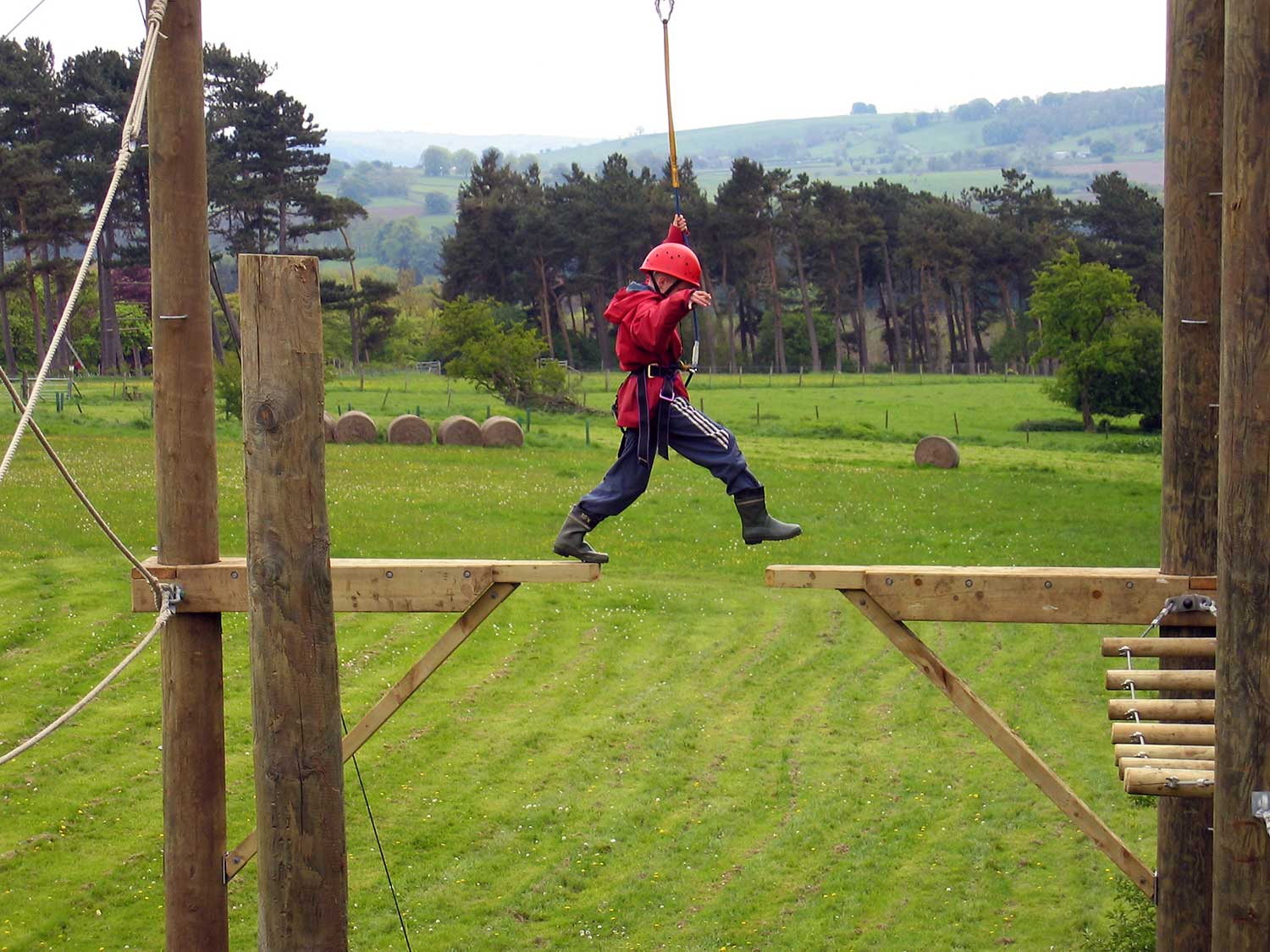
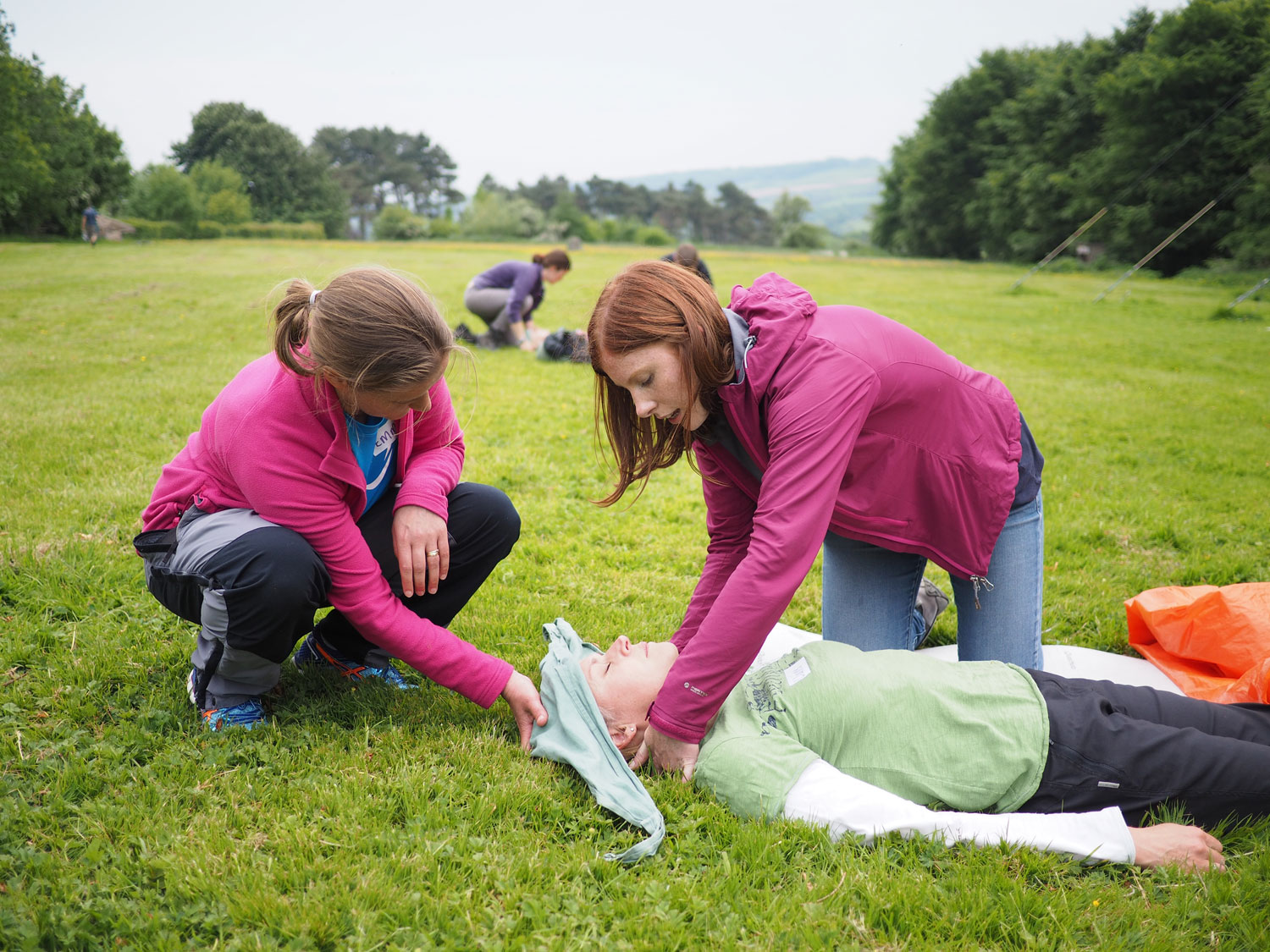




Leave A Comment